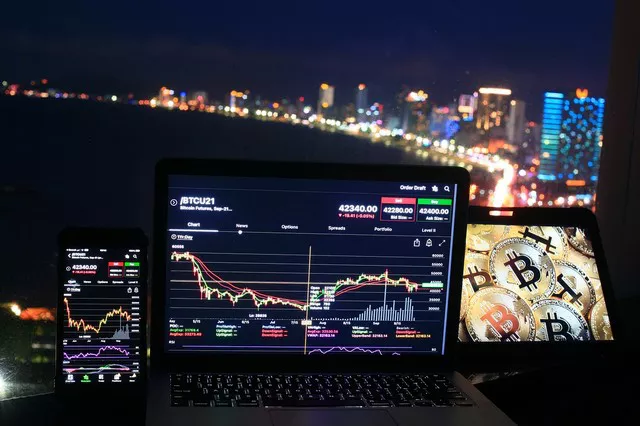In Asian trading on Thursday, gold prices demonstrated resilience, with futures reaching significant levels as the appeal of traditional safe-haven assets outweighed the resurgence of the U.S. dollar and rising yields.
Ongoing missile strikes in Gaza, alongside Israel’s continued commitment to a potential ground assault on the region, fueled demand for safe-haven gold. This demand persisted despite the overnight surge in the dollar and Treasury yields.
At 00:53 ET (04:53 GMT), spot gold saw a 0.5% increase, reaching $1,988.85 per ounce, while gold futures expiring in December gained 0.2% and reached $1,999.20 per ounce.
Potential Risks on the Horizon for Gold
While gold experienced a boost from safe-haven demand, it still faces potential risks related to upcoming U.S. economic data. Third-quarter U.S. gross domestic product (GDP) data, expected to show a robust growth rate, is set to be released later on Thursday.
This expected strength in the U.S. economy is likely to boost risk appetite. However, it may also provide the Federal Reserve with more room to maintain higher interest rates. PCE inflation data for September, which is the Fed’s preferred inflation gauge, is scheduled for release on Friday.
The central bank is expected to keep interest rates steady during its upcoming meeting, but Fed officials have hinted at the possibility of at least one more rate hike this year. They’ve signaled a commitment to maintaining higher rates for an extended period, citing persistent inflation and a strong economy.
This situation presents a challenge for gold since higher interest rates increase the opportunity cost of investing in precious metals. Furthermore, any de-escalation of the Israel-Hamas conflict could potentially weaken the safe-haven demand for gold.
Before the Federal Reserve meeting, the European Central Bank is set to meet later on Thursday, and it is widely expected to maintain current interest rates. However, the ECB is also anticipated to signal a commitment to keeping rates at higher levels for an extended period, despite signs of an impending recession in the euro zone.
Copper Remains Steady While Awaiting U.S. and China Signals
In the realm of industrial metals, copper prices steadied on Thursday following recent losses, with market attention firmly fixed on the forthcoming U.S. GDP report.
Copper futures recorded a 0.1% increase, reaching $3.5903 per pound. Recent Chinese stimulus measures have had limited impact on copper prices as concerns about a potential euro zone recession have raised worries regarding future copper demand in the coming months.


